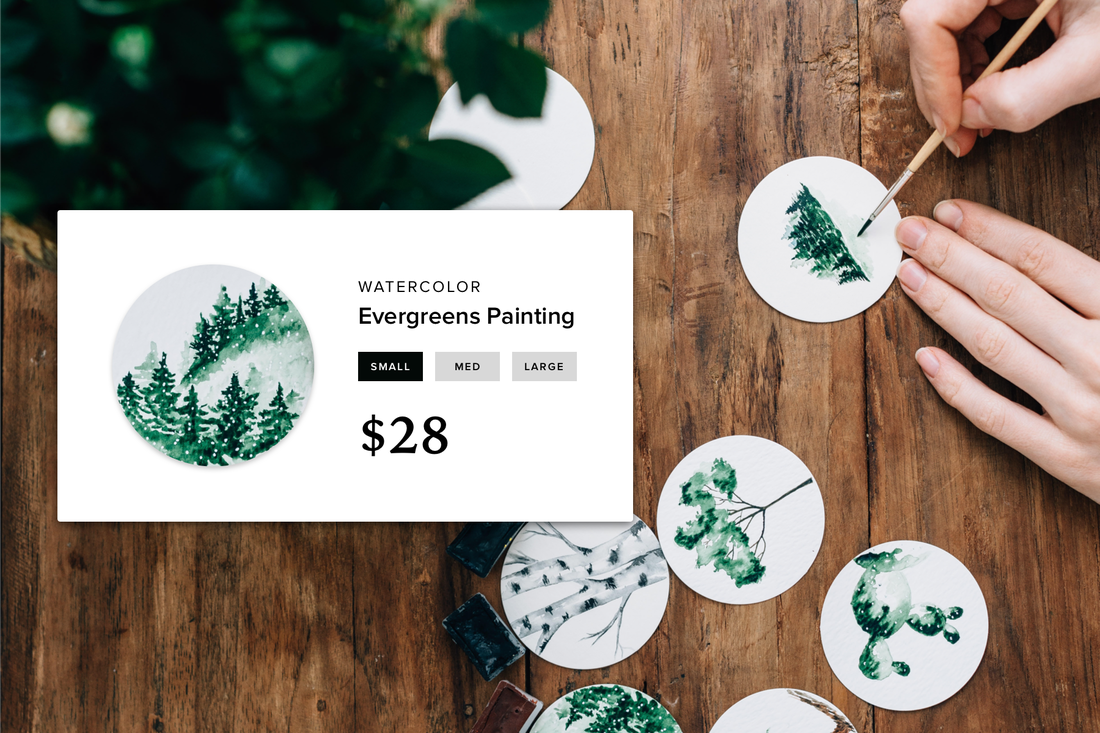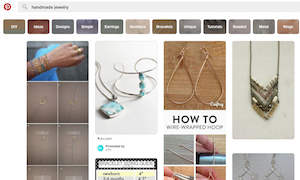If you don’t yet have a blog, see this post on how to start one for you site. If you have one but aren’t sure why it’s important for SEO, keep reading!
Why Your Blog is Important for Your SEO
Your site’s blog and news pages will usually be the sections on your website that are most frequently updated, and therefore present Google with continuously fresh and relevant information. Additionally, every time you publish a post, you have the opportunity to include keywords and phrases relevant to your site, and for which you’d like to rank well in search engines. Finally, a blog helps you build trust with your target audience and provide value - both important for a good user experience for your site’s visitors. A good user experience will also factor into your site’s search rankings.
5 Ways to Get Inspired
Ask your Customers
The first step in providing your clients or customers with valuable content, is understanding what they need help with. You can run a survey within your website using a free tool (like this one from GetSiteControl), e-mail them directly, or ask through one of your social media pages such as Facebook.
What to ask? Ask them what their one biggest business challenge is, what’s keeping them up at night, what they would like to learn how to do.
Do a Round-Up
Once in a while, posting roundups of the most valuable recent articles in your industry or niche, is something your audience appreciates. Collect 5-7 articles, tutorials, e-books and how-to guides that you personally think will help your customers and potential customers in their business, and provide commentary on why you think each piece of content will help them. This will have readers clicking to other websites outside your page so it’s not ideal to have many posts like this that direct users outside your site, but sporadically, this type of post presents a curated list for your audience which they will appreciate and definitely get value from. As a bonus, track which article receives the most clicks and use it to create your own original content that you then post on your site.
Share What Goes on Behind-the-Scenes
Your business is unique, and has a unique workplace as well as employees, products, processes and customer stories. If you provide photos, inside stories and personal commentary, you’ll be able to engage your site visitors in a different kind of way. These kinds of personal touches to a blog always draw an audience, and if you mention specific people (such as employees, customers, great vendors, etc), they will feel compelled to share this post among their friends, family and extended social networks, giving your site traffic a boost.
Talk about Current Events
You can usually find a way to tie current events to your business and industry. There are trends you see and and can comment on, big events that your business and customers’ businesses can relate to, or corporate controversies you can give your two cents on, and invite your audience to comment on as well. This can help your SEO because if it’s going on now, people are more likely to be searching for it.
Repurpose your Existing Content
You’ve probably spent a great deal of time writing the content on your site and blog. Repurposing an already existing post into an infographic (you can use a free tool like Canva for this), a slideshow, an ebook or any other format is a way to breathe new life into an existing piece without putting an insane amount of hours into creating another piece of content from scratch.
Additionally, you can reach different audience types with content repurposing - some people prefer to read, others prefer to go through a slideshow, and others like to see a rich visual such as an infographic. By repurposing content, you’re also getting it to a larger audience.
The first step in providing your clients or customers with valuable content, is understanding what they need help with. You can run a survey within your website using a free tool (like this one from GetSiteControl), e-mail them directly, or ask through one of your social media pages such as Facebook.
What to ask? Ask them what their one biggest business challenge is, what’s keeping them up at night, what they would like to learn how to do.
Do a Round-Up
Once in a while, posting roundups of the most valuable recent articles in your industry or niche, is something your audience appreciates. Collect 5-7 articles, tutorials, e-books and how-to guides that you personally think will help your customers and potential customers in their business, and provide commentary on why you think each piece of content will help them. This will have readers clicking to other websites outside your page so it’s not ideal to have many posts like this that direct users outside your site, but sporadically, this type of post presents a curated list for your audience which they will appreciate and definitely get value from. As a bonus, track which article receives the most clicks and use it to create your own original content that you then post on your site.
Share What Goes on Behind-the-Scenes
Your business is unique, and has a unique workplace as well as employees, products, processes and customer stories. If you provide photos, inside stories and personal commentary, you’ll be able to engage your site visitors in a different kind of way. These kinds of personal touches to a blog always draw an audience, and if you mention specific people (such as employees, customers, great vendors, etc), they will feel compelled to share this post among their friends, family and extended social networks, giving your site traffic a boost.
Talk about Current Events
You can usually find a way to tie current events to your business and industry. There are trends you see and and can comment on, big events that your business and customers’ businesses can relate to, or corporate controversies you can give your two cents on, and invite your audience to comment on as well. This can help your SEO because if it’s going on now, people are more likely to be searching for it.
Repurpose your Existing Content
You’ve probably spent a great deal of time writing the content on your site and blog. Repurposing an already existing post into an infographic (you can use a free tool like Canva for this), a slideshow, an ebook or any other format is a way to breathe new life into an existing piece without putting an insane amount of hours into creating another piece of content from scratch.
Additionally, you can reach different audience types with content repurposing - some people prefer to read, others prefer to go through a slideshow, and others like to see a rich visual such as an infographic. By repurposing content, you’re also getting it to a larger audience.
Coming up with Good Headlines
To accompany your great content ideas, you want to create great headline to go with them, and this can be quite difficult. Luckily, there are some free tools that can help you out when you’re just about to give up on getting that amazing title for your blog post:
Answer the Public - powerful tool that helps you visualise everything your audience might be asking themselves.
Kill Writers Block from Inbound Now - quick catchy headline suggestions.
Headline Analyzer by CoSchedule - type your headline into their tool and they’ll tell you what can be improved!
Answer the Public - powerful tool that helps you visualise everything your audience might be asking themselves.
Kill Writers Block from Inbound Now - quick catchy headline suggestions.
Headline Analyzer by CoSchedule - type your headline into their tool and they’ll tell you what can be improved!
Examples of Blogs on Weebly Sites
Browse through these blogs on Weebly sites to see the kind of content they put out - they are thinking not only of promoting their online businesses, but also of publishing posts that will give the reader information that’s relevant and useful.
Use these tips to get inspired and start writing today!
Use these tips to get inspired and start writing today!
 Larissa Murillo Larissa is the Marketing Manager at MarketGoo, an SEO application for businesses looking to optimize their websites for search engines.
Larissa Murillo Larissa is the Marketing Manager at MarketGoo, an SEO application for businesses looking to optimize their websites for search engines.





